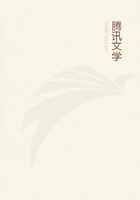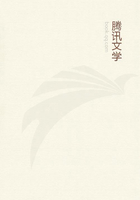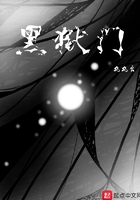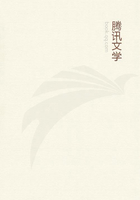As the bisulphide of carbon has a strong power of softening indurated caoutchouc, I soaked in it during a short time several rootlets of a plant which had grown up a plaistered wall; and I then found many extremely thin threads of transparent, not viscid, excessively elastic matter, precisely like caoutchouc, attached to two sets of rootlets on the same branch.These threads proceeded from the bark of the rootlet at one end, and at the other end were firmly attached to particles of silex or mortar from the wall.There could be no mistake in this observation, as I played with the threads for a long time under the microscope, drawing them out with my dissecting-needles and letting them spring back again.Yet I looked repeatedly at other rootlets similarly treated, and could never again discover these elastic threads.I therefore infer that the branch in question must have been slightly moved from the wall at some critical period, whilst the secretion was in the act of drying, through the absorption of its watery parts.The genus Ficus abounds with caoutchouc, and we may conclude from the facts just given that this substance, at first in solution and ultimately modified into an unelastic cement, is used by the Ficus repens to cement its rootlets to any surface which it ascends.Whether other plants, which climb by their rootlets, emit any cement I do not know; but the rootlets of the Ivy, placed against glass, barely adhered to it, yet secreted a little yellowish matter.I may add, that the rootlets of the Marcgravia dubia can adhere firmly to smooth painted wood.
Vanilla aromatica emits aerial roots a foot in length, which point straight down to the ground.According to Mohl (p.49), these crawl into crevices, and when they meet with a thin support, wind round it, as do tendrils.A plant which I kept was young, and did not form long roots; but on placing thin sticks in contact with them, they certainly bent a little to that side, in the course of about a day, and adhered by their rootlets to the wood; but they did not bend quite round the sticks, and afterwards they re-pursued their downward course.It is probable that these slight movements of the roots are due to the quicker growth of the side exposed to the light, in comparison with the other side, and not because the roots are sensitive to contact in the same manner as true tendrils.According to Mohl, the rootlets of certain species of Lycopodium act as tendrils.
Concluding Remarks on Climbing Plants.
Plants become climbers, in order, as it may be presumed, to reach the light, and to expose a large surface of their leaves to its action and to that of the free air.This is effected by climbers with wonderfully little expenditure of organized matter, in comparison with trees, which have to support a load of heavy branches by a massive trunk.Hence, no doubt, it arises that there are so many climbing plants in all quarters of the world, belonging to so many different orders.These plants have been arranged under four classes, disregarding those which merely scramble over bushes without any special aid.Hook-climbers are the least efficient of all, at least in our temperate countries, and can climb only in the midst of an entangled mass of vegetation.Root-climbers are excellently adapted to ascend naked faces of rock or trunks of trees; when, however, they climb trunks they are compelled to keep much in the shade; they cannot pass from branch to branch and thus cover the whole summit of a tree, for their rootlets require long-continued and close contact with a steady surface in order to adhere.The two great classes of twiners and of plants with sensitive organs, namely, leaf-climbers and tendril-bearers taken together, far exceed in number and in the perfection of their mechanism the climbers of the two first classes.Those which have the power of spontaneously revolving and of grasping objects with which they come in contact, easily pass from branch to branch, and securely ramble over a wide, sun-lit surface.
The divisions containing twining plants, leaf-climbers, and tendril-bearers graduate to a certain extent into one another, and nearly all have the same remarkable power of spontaneously revolving.Does this gradation, it may be asked, indicate that plants belonging to one subdivision have actually passed during the lapse of ages, or can pass, from one state to the other? Has, for instance, any tendril-bearing plant assumed its present structure without having previously existed as a leaf-climber or a twiner? If we consider leaf-climbers alone, the idea that they were primordially twiners is forcibly suggested.The internodes of all, without exception, revolve in exactly the same manner as twiners; some few can still twine well, and many others in an imperfect manner.Several leaf-climbing genera are closely allied to other genera which are simple twiners.It should also be observed, that the possession of leaves with sensitive petioles, and with the consequent power of clasping an object, would be of comparatively little use to a plant, unless associated with revolving internodes, by which the leaves are brought into contact with a support; although no doubt a scrambling plant would be apt, as Professor Jaeger has remarked, to rest on other plants by its leaves.
On the other hand, revolving internodes, without any other aid, suffice to give the power of climbing; so that it seems probable that leaf-climbers were in most cases at first twiners, and subsequently became capable of grasping a support; and this, as we shall presently see, is a great additional advantage.















